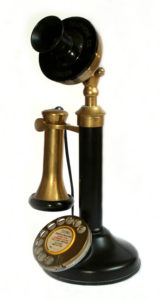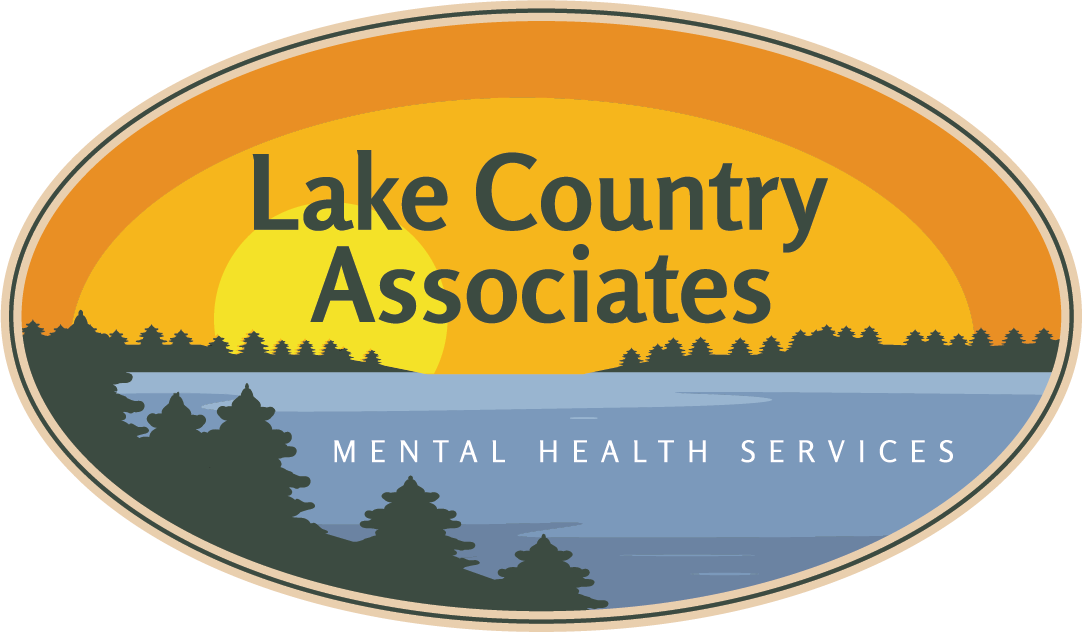By Kari Tomperi

History tells how critical the invention of the “tele” graph was in keeping families, businesses, and governments informed and in communication with each other. Then the invention of the “tele” phone gave even more people access to communication with their neighbors and their doctors and business associates. Don’t forget the “tele” vision that allowed people to actually see other people while they were informed through the news or entertained through movies and weekly series. As computers and cell phones add a new “tele” to everything from “tele” medicine to “tele” education we need to remember it is just a tool that helps us communicate better.
Telehealth is different from telemedicine in that it refers to a broader scope of remote health care services than telemedicine. Telemedicine refers specifically to remote clinical services, while telehealth can refer to remote non-clinical services. Telehealth can focus on either our mental or physical health or both.
Wikipedia tells us “telehealth is the distribution of health-related services and information via electronic information and telecommunication technologies. It allows long-distance patient and clinician contact, care, advice, reminders, education, intervention, monitoring, and remote admissions. Telemedicine is sometimes used as a synonym, or is used in a more limited sense to describe remote clinical services, such as diagnosis and monitoring. When rural settings, lack of transport, a lack of mobility, decreased funding, or a lack of staff restrict access to care, telehealth may bridge the gap.”
With the current restrictions due to the CoVid-19 virus where we are asked to physical distance a minimum of 6 feet and to protect ourselves and others by wearing masks, our ability to talk to someone over a computer or phone screen is a chance to connect or communicate freely. We are lucky we are far enough into the virtual meeting space technology that this is a doable option. Businesses that provide these services are ever mindful of the need for privacy and carefully scrutinize how and when and who is a safe provider of telehealth services. Until we can meet face to face comfortably, it is a good second option or tool in our toolbox to access those services that make our lives better and more informed.
It is a personal choice how you can access services but in this “New Normal” we all need to be thinking and working together to find the best approaches for everyone. Just as you need to think of new ways to take care of you, your home and family in these trying times isn’t it nice to know there is an option that can protect them yet take care of everyone’s physical and mental health needs.
services but in this “New Normal” we all need to be thinking and working together to find the best approaches for everyone. Just as you need to think of new ways to take care of you, your home and family in these trying times isn’t it nice to know there is an option that can protect them yet take care of everyone’s physical and mental health needs.
Kari Tomperi is a mental health advocate and staff member of the Lake Country Cottage drop-in center in Park Rapids.
